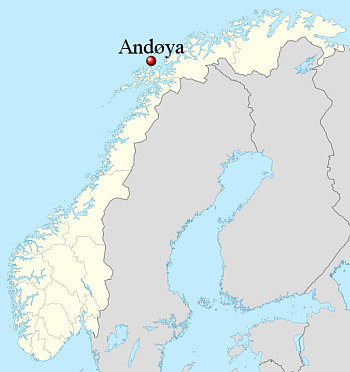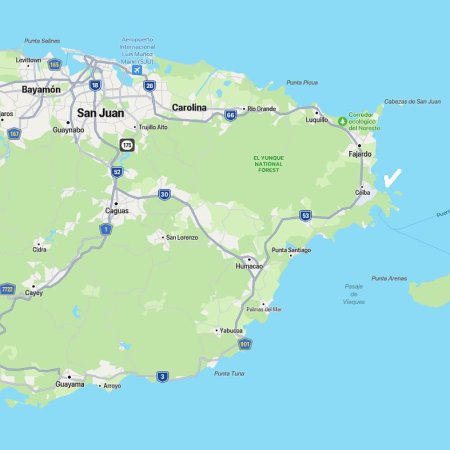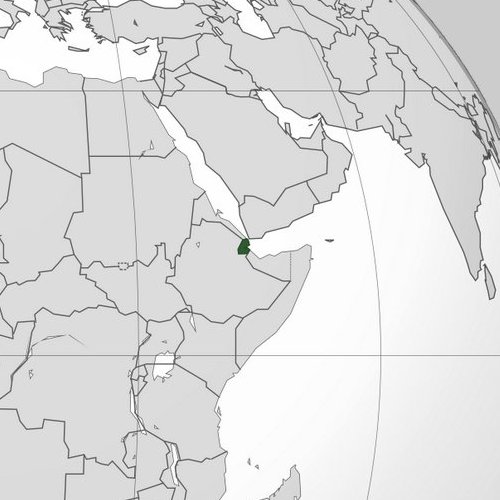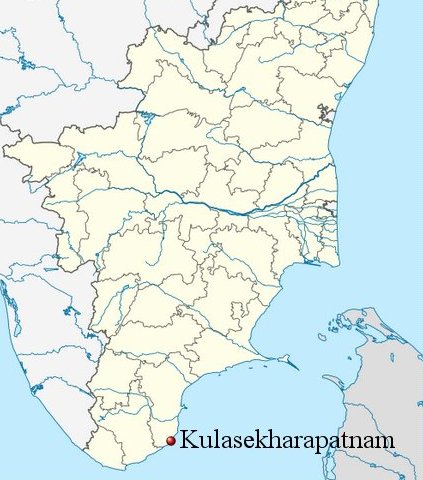UK government to invest £10 million in Saxavord spaceport
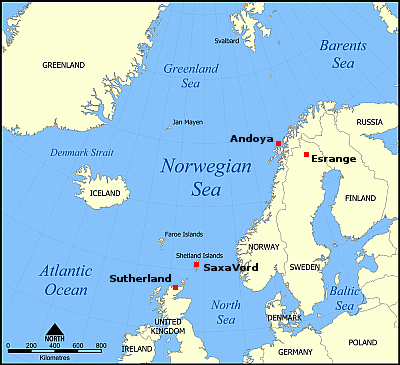
Proposed spaceports surrounding Norwegian Sea.
The government of the United Kingdom announced yesterday that it will directly invest £10 million in the Saxavord spaceport being built on one of the Shetland Islands, as shown on the map to the right.
Coming in addition to around £40 million of private investment, the government funding will allow SaxaVord to accelerate its capital works programme to ensure it is ready to support the first orbital launch.
That capital works program was forced to shut down last year when red tape at the Civil Aviation Authority (CAA) delayed the licensing of Saxavord. It could be this grant has been issued partly to repay the losses the spaceport company experienced due to those bureaucratic delays. The timing kind of reinforces this speculation, as only yesterday Saxavord got its spaceport license approved, though other approvals remain pending.
All this news suggests strongly that the first test flight at Saxavord by the German rocket startup Rocket Factory Augsburg will occur later this year, as promised.
Meanwhile, the other spaceport in Sutherland must be wondering if it can get similar government aid, or if the government is now playing favorites.

Proposed spaceports surrounding Norwegian Sea.
The government of the United Kingdom announced yesterday that it will directly invest £10 million in the Saxavord spaceport being built on one of the Shetland Islands, as shown on the map to the right.
Coming in addition to around £40 million of private investment, the government funding will allow SaxaVord to accelerate its capital works programme to ensure it is ready to support the first orbital launch.
That capital works program was forced to shut down last year when red tape at the Civil Aviation Authority (CAA) delayed the licensing of Saxavord. It could be this grant has been issued partly to repay the losses the spaceport company experienced due to those bureaucratic delays. The timing kind of reinforces this speculation, as only yesterday Saxavord got its spaceport license approved, though other approvals remain pending.
All this news suggests strongly that the first test flight at Saxavord by the German rocket startup Rocket Factory Augsburg will occur later this year, as promised.
Meanwhile, the other spaceport in Sutherland must be wondering if it can get similar government aid, or if the government is now playing favorites.


